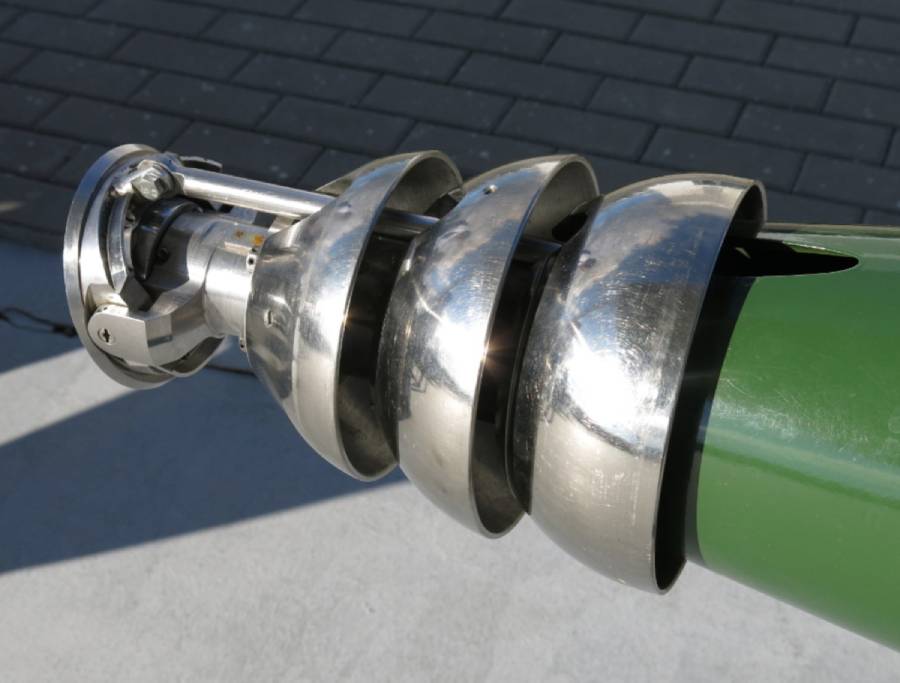
One of the most innovative underwater weapons developed by the Soviet Union was the VA-111 Shkval (“Squall”) supercavitating torpedo, a weapon that is coming back into view as US-Russia tensions ramp up in a new competitive age.
Forget the Red October, first strike Soviet submarine from the movie of the same name — this was a torpedo that could suddenly go six times faster than its predecessors.
Highly classified, Shkval was virtually unknown before the end of the Cold War and only became common knowledge in the mid-1990s, according to a report by Kyle Mizokami at The National Interest.
Powered by a rocket engine, it is capable of astonishing speeds of up to 200 knots an hour and boasts a maximum range of 7,500 yards.
In a world where physics ensured most ships and underwater weapons topped out at 50 knots, how did Russian engineers accomplish this?
Traditionally, torpedoes use propellers or pumpjets for propulsion. Shkval, on the other hand, uses a rocket engine. That alone is enough to make it fast, but traveling through water creates major drag problems, the report said.
The solution: get the water out of the path of the torpedo. But how exactly does one do that in the middle of an ocean? The answer: vaporize liquid water into a gas.

